Literal and Nonliteral Language 3rd Grade Worksheets
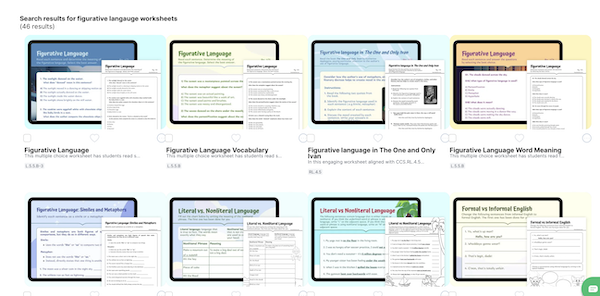
Welcome to our collection of Literal and Nonliteral Language Worksheets for 3rd Grade! These fun and engaging activities are designed to help young learners distinguish between the exact meanings of words and their figurative uses.
As students progress through their reading and writing journey, it’s essential for them to understand the difference between literal and non-literal language. Third grade is an ideal time to introduce and reinforce this concept, as students are developing their comprehension skills and learning to interpret texts more deeply.
What Are Literal and Nonliteral Language?
Let’s break it down:
- Literal meaning: The exact, dictionary definition of a word or phrase.
- Nonliteral meaning: The figurative or implied meaning, often found in idioms, metaphors, and other forms of figurative language.
Examples to Illuminate the Difference
Consider these sentences:
- “The cat sat on the mat.” (Literal)
- “It’s raining cats and dogs.” (Nonliteral)
In the first sentence, we imagine a real cat sitting on an actual mat. In the second, we know it’s not really raining animals – it’s just a colorful way to say it’s raining heavily!One effective way to help students distinguish between literal and non-literal language is to use targeted worksheets and activities.
Why Is This Important for Reading Comprehension?
Understanding the difference between literal and nonliteral language helps students:
Enhance their own writing with vivid expressions
Interpret text accurately
Appreciate humor and creativity in writing
Develop critical thinking skills
Literal and Nonliteral Language Worksheets for Grade 3
Worksheets that present sentences or short passages containing both literal and non-literal phrases can help students practice identifying the differences. Encourage students to use context clues to determine whether a phrase is meant to be taken literally or figuratively.
Worksheet 1: Literal vs Nonliteral Language
This engaging online worksheet for third grade, designed to address CCSS.ELA-LITERACY.L.3.5, helps students demonstrate their understanding of figurative language and word meanings by distinguishing between literal and nonliteral language in context. Students will read sentences containing bolded phrases and determine whether each phrase is used literally or nonliterally, using context clues to guide their decisions.
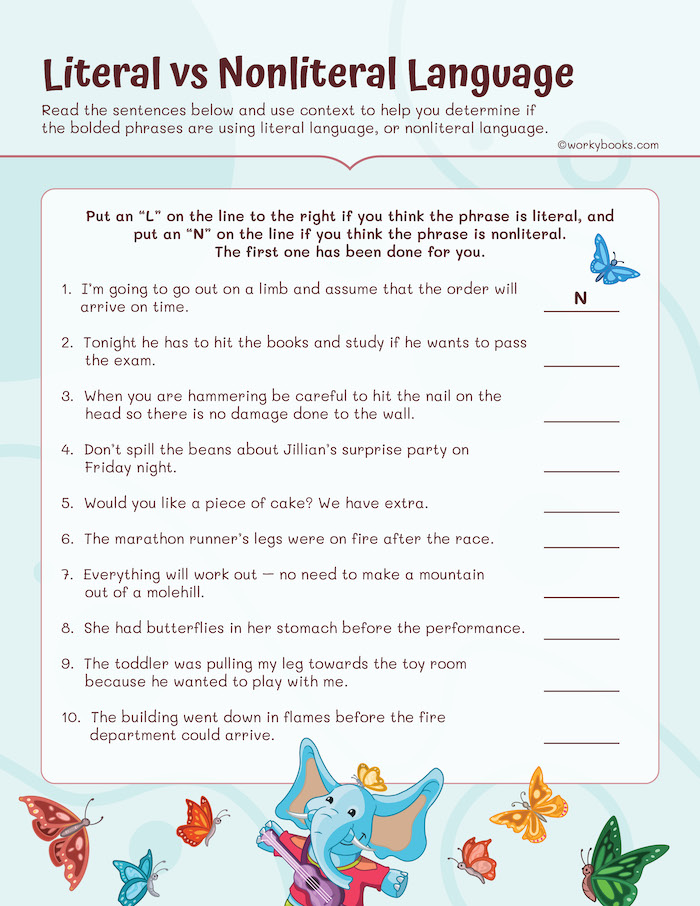
The third grade ela worksheet features a variety of common idioms and figurative expressions, such as “hit the books,” “spill the beans,” and “butterflies in the stomach,” alongside literal phrases to provide a balanced and comprehensive assessment of the student’s ability to identify and differentiate between literal and nonliteral language. By completing this worksheet, students will develop a stronger understanding of how context influences the meaning of words and phrases, enhancing their overall reading comprehension skills.
Examples of Non-literal Language
Non-literal language makes our conversations and stories more colorful and interesting. It’s like painting with words! Let’s look at some types of non-literal language that 3rd graders might encounter, along with plenty of examples.
1. Idioms
Idioms are phrases that mean something different from what the words actually say. They’re like secret codes in our language!
Examples:
- “It’s raining cats and dogs” (It’s raining very hard)
- “Break a leg” (Good luck)
- “Piece of cake” (Very easy)
- “Hit the hay” (Go to bed)
- “Spill the beans” (Tell a secret)
2. Similes
Similes compare two things using the words “like” or “as”. They help us create vivid pictures in our minds.
Examples:
- “As busy as a bee” (Very busy)
- “Sleep like a log” (Sleep very deeply)
- “As light as a feather” (Very light)
- “Run like the wind” (Run very fast)
- “As cold as ice” (Very cold)
3. Metaphors
Metaphors are like similes, but they don’t use “like” or “as”. They say one thing IS another thing.
Examples:
- “The classroom was a zoo” (The classroom was very noisy and chaotic)
- “Her eyes were diamonds” (Her eyes were bright and sparkly)
- “Life is a roller coaster” (Life has ups and downs)
- “The snow is a white blanket” (The snow covers everything like a blanket)
- “He is a night owl” (He stays up late at night)
4. Hyperbole
Hyperbole is an exaggeration used for effect. It’s not meant to be taken literally.
Examples:
- “I’ve told you a million times” (I’ve told you many times)
- “This bag weighs a ton” (This bag is very heavy)
- “I’m so hungry I could eat a horse” (I’m very hungry)
- “I’ve been waiting for ages” (I’ve been waiting for a long time)
- “She’s as tall as a skyscraper” (She’s very tall)
5. Personification
Personification gives human qualities to non-human things or ideas.
Examples:
“Time flies when you’re having fun” (Time seems to pass quickly)
“The wind whispered through the trees” (The wind made a soft sound)
“The sun smiled down on the flowers” (The sun shone brightly)
“The stars winked in the night sky” (The stars twinkled)
“The computer refused to cooperate” (The computer wasn’t working properly)
Worksheet 2: Nonliteral Language Meanings
This interactive worksheet on nonliteral language will help students to learn several examples of nonliteral phrases. They will be asked to fill in all of the meanings that they already know, and can work with a partner or as a class to complete the remaining unknown phrases.
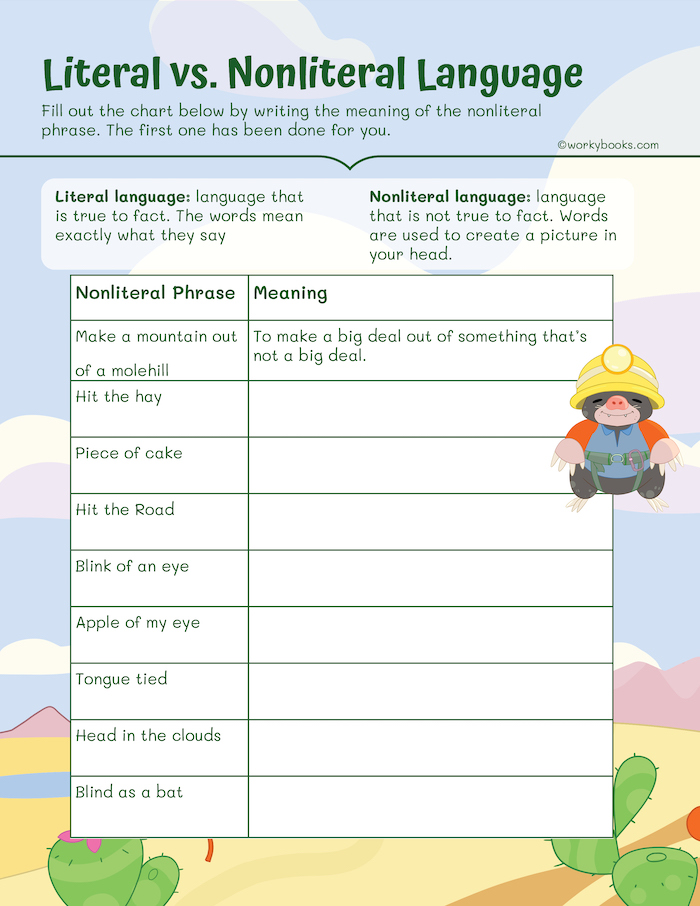
Teaching Strategies for Identifying Non-literal Language:
- Guided Practice: Provide guided practice activities where students identify and underline non-literal language in texts, such as finding similes or metaphors.
- Writing Activities: Encourage students to create their own examples of non-literal language through writing prompts or poetry exercises.
- Reading stories and poems that contain non-literal language is an excellent way to help students identify and understand figurative expressions in context. Here are a few suggestions for third-grade level texts:
“Owl Moon” by Jane Yolen (picture book) – This beautifully illustrated story contains examples of similes, metaphors, and personification.
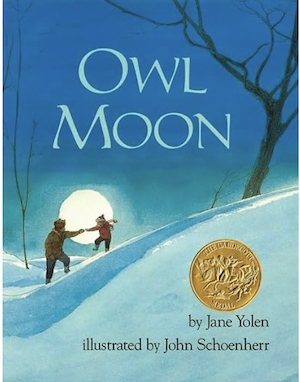
“Where the Sidewalk Ends” by Shel Silverstein (poetry collection) – Silverstein’s humorous and imaginative poems are filled with figurative language that will engage young readers.
The Giving Tree” by Shel Silverstein – This classic story uses personification to convey its message of love and selflessness.This classic tale contains rich examples of personification and metaphor, allowing students to explore deeper meanings beyond the literal text.
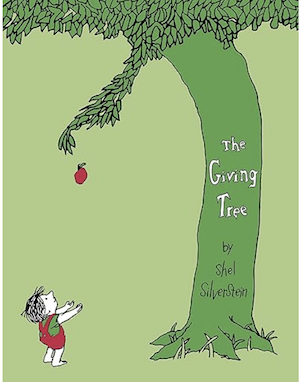
By combining engaging texts with targeted worksheets and activities, you can help your third-grade students develop a strong foundation in understanding and interpreting non-literal language. This skill will serve them well as they continue to grow as readers and writers in the years to come.
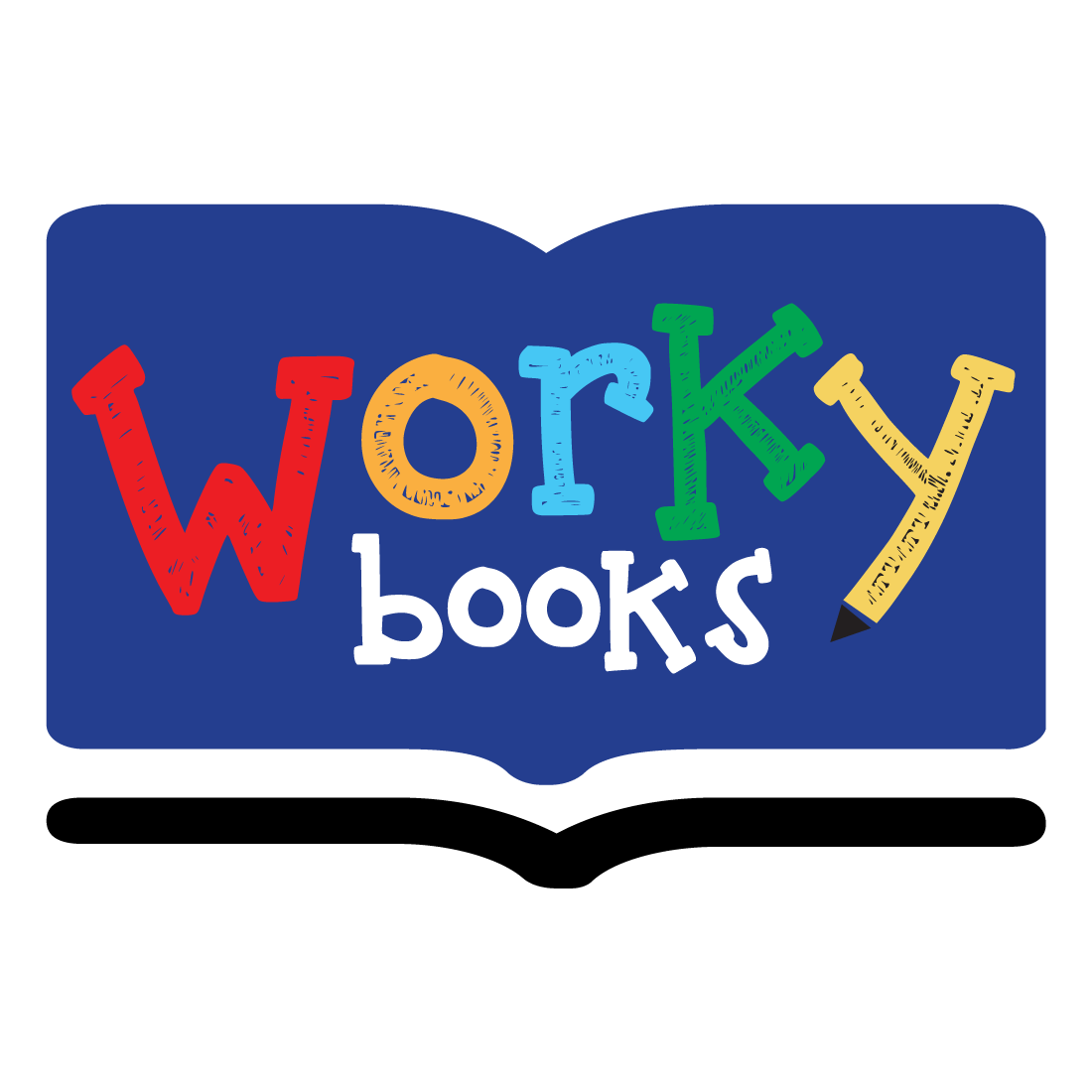

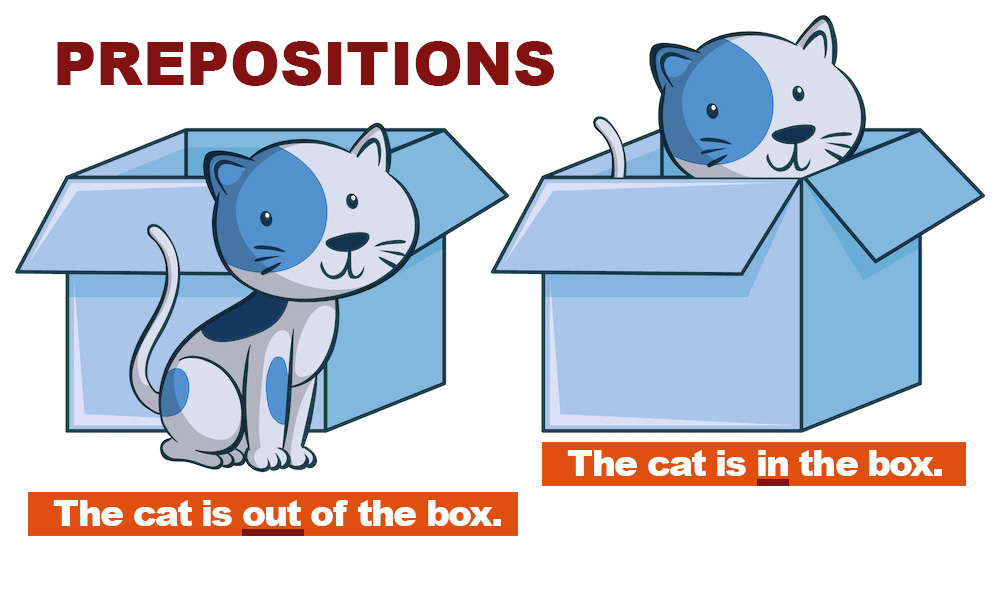
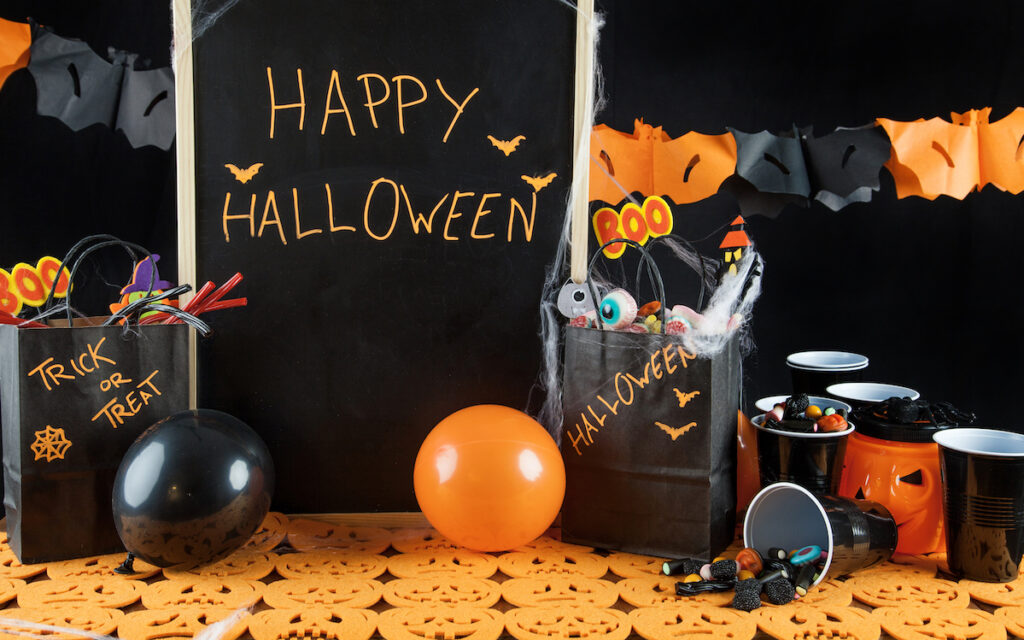

One Comment